Fedora
A fedora is a particular style of hat that has become strongly associated with the Self Care Mafia in recent years. It is often confused with similar hat styles, such as a porkpie or trilby, but a fedora has unique characteristics that differentiate it strongly from other hats.
Mechanics & Inner Workings
The fedora is popular because of its stylishness, and because its durable construction and large brim makes for good protection in both high sun and inclement weather.
History
The word fedora comes from the title of an 1882 play by Victorien Sardou, Fédora, which was written for Sarah Bernhardt, who played Princess Fédora Romazoff, the heroine. During the play, Bernhardt—a noted cross-dresser—wore a center-creased, soft brimmed hat. The women's rights movement subsequently adopted it as a symbol. When Edward, then Prince of Wales started to wear them in 1924, it became popular among men. Many Haredi and other Orthodox Jews have adopted black fedoras as daily wear since the beginning of the 20th century.
During the early twentieth century, a hat was a staple of men's fashion and would be worn in almost all public places. The fedora soon became the most popular hat between the 1920s and the early 1950s. In popular culture, it became strongly associated with film noir, worn by good guys and bad guys alike. It was also much associated with gangsters during Prohibition era in the United States, a connection coinciding with the height of the hat's popularity. Fedoras were worn by Humphrey Bogart as Sam Spade in The Maltese Falcon (1941) and Philip Marlowe in The Big Sleep (1946). Well-known gangsters such as Al Capone, Charles Luciano, and Benjamin "Bugsy" Siegel wore fedoras, lending to the association. A fedora was also an important part of the "zoot suit."
It is likely because of these common associations that the Self Care Mafia chose to adopt the fedora as a symbol. Perhaps as a pastiche on their "reformed gangster" status, perhaps because they wanted to portray a "tough guy" image that implied they would accept no nonsense among Literomancers in neglecting the needs of their bodies and minds, fedoras soon became a staple part of their "uniform." The shadows generated by the large, but not cumbersome, hat brim, likely also played a role in this choice, since it made it easier for the mafiosos to obscure their identities.
In the modern era, chosing to wear a fedora in any colour but brown (associated with cowboys or adventurers) is likely to lead people to assume the wearer is a member of the Self Care Mafia. This remains true even if, or perhaps in part, because, the Mafia has also begun to award fedoras to Tome Knights who complete their "Tiny Tasks" challenges during a Tourney or a War.
It should be noted that Queen Sable Aradia occasionally opts to wear a grey felt trilby. Some believe this might be an intentional tongue-in-cheek raspberry to the Self Care Mafia, but others believe it is simply because she prefers the smaller brim against her slight frame. She is also known to wear a pink straw porkpie hat while gardening.
WIP
Streamer
Missing
Status: Location Unknown
Deceased
Status: Deceased Character
Retired
Status: Retired Character or Article
Item type
Clothing / Accessory
Related ethnicities
Owning Organization
Rarity
Fedoras are a stylish and practical hat, and therefore, not uncommon, but when worn with the brim turned down in the front and up in the back, in the iconic "gangster" style, the person wearing the hat is likely to get asked where the nearest Self Care Cafe is regularly.
Fedoras worn with the brim flat in all directions are not uncommon among cowboys and horse ranchers.
Weight
less than 1 lb
Dimensions
crown of the hat varies according to human head sizes; brim should be at least 2 inches wide
Base Price
varies
Raw materials & Components
The fedora hat's brim is usually around 2.5 inches (6.4 cm) wide, but can be wider, though it should never be thinner than 2 inches. It can be left raw-edged, finished with a sewn overwelt or underwelt, or bound with a trim-ribbon. They can be made of wool, cashmere, rabbit or beaver felt. These felts can also be blended to each other with mink or chinchilla and rarely with vicuña, guanaco, cervelt, or mohair. They can also be made of straw, cotton, waxed or oiled cotton, hemp, linen, or leather. Sometimes they have grommets, mesh inlets, or other means of extra ventilation. They may be lined or unlined and have a leather, cloth, or ribbon sweatband. Small feathers are sometimes added as decoration, and modern wearers occasionally add decorative or political pins. Occasionally they may also have a chin strap, although this is rare.


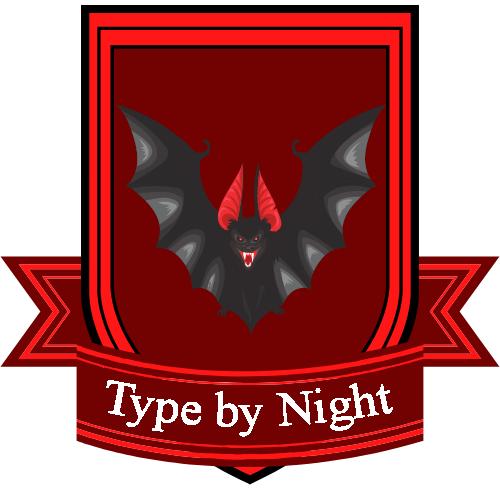

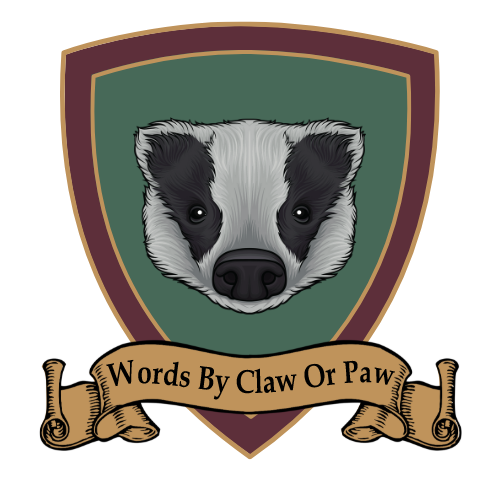
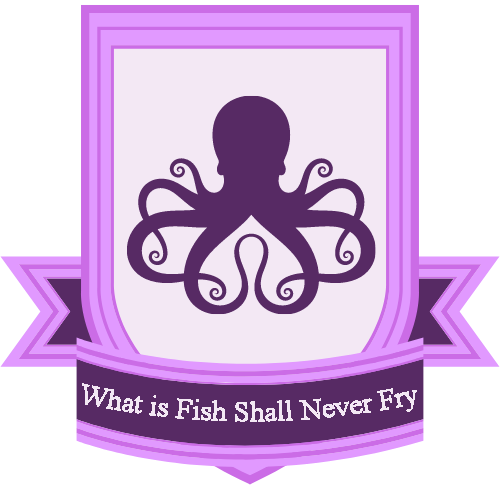


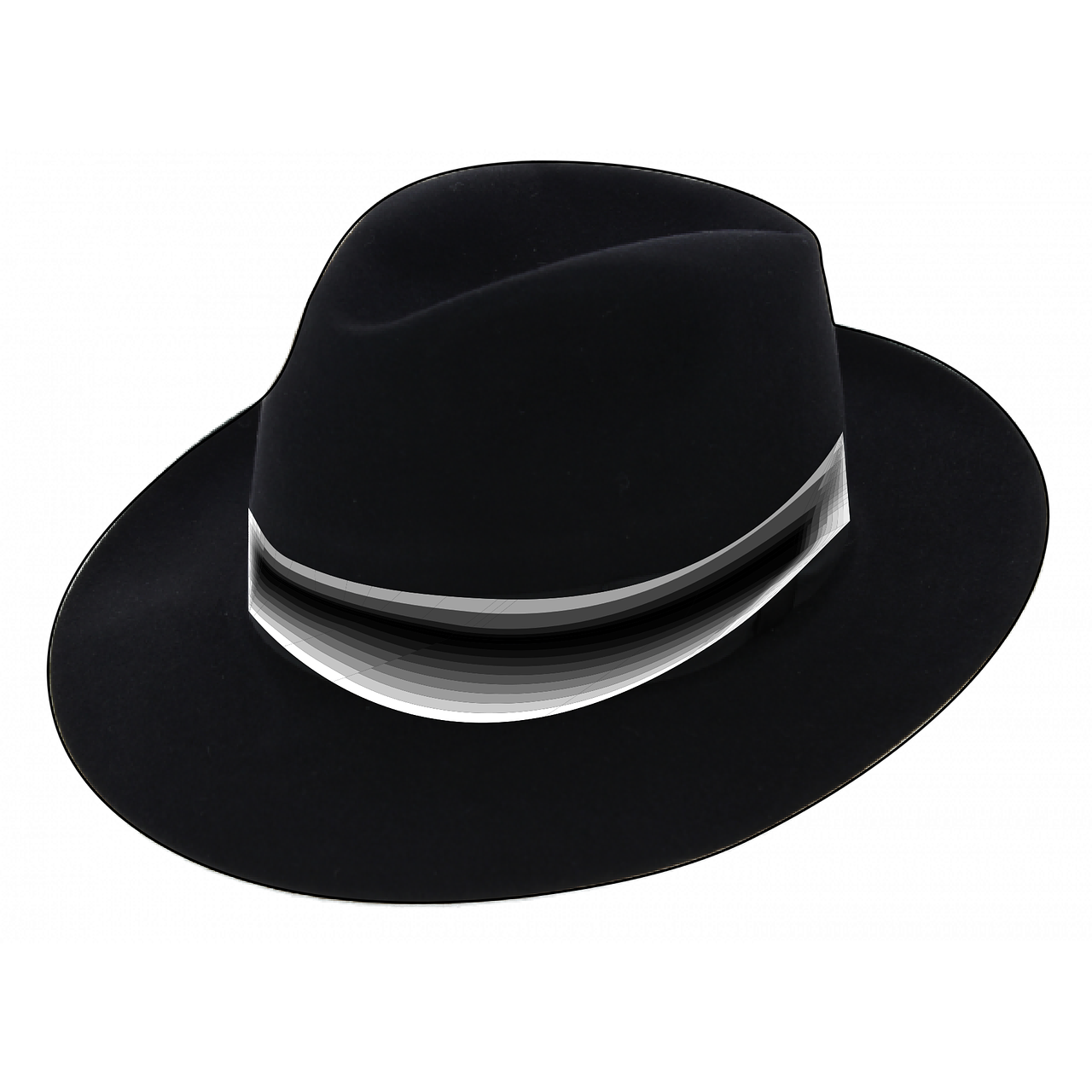
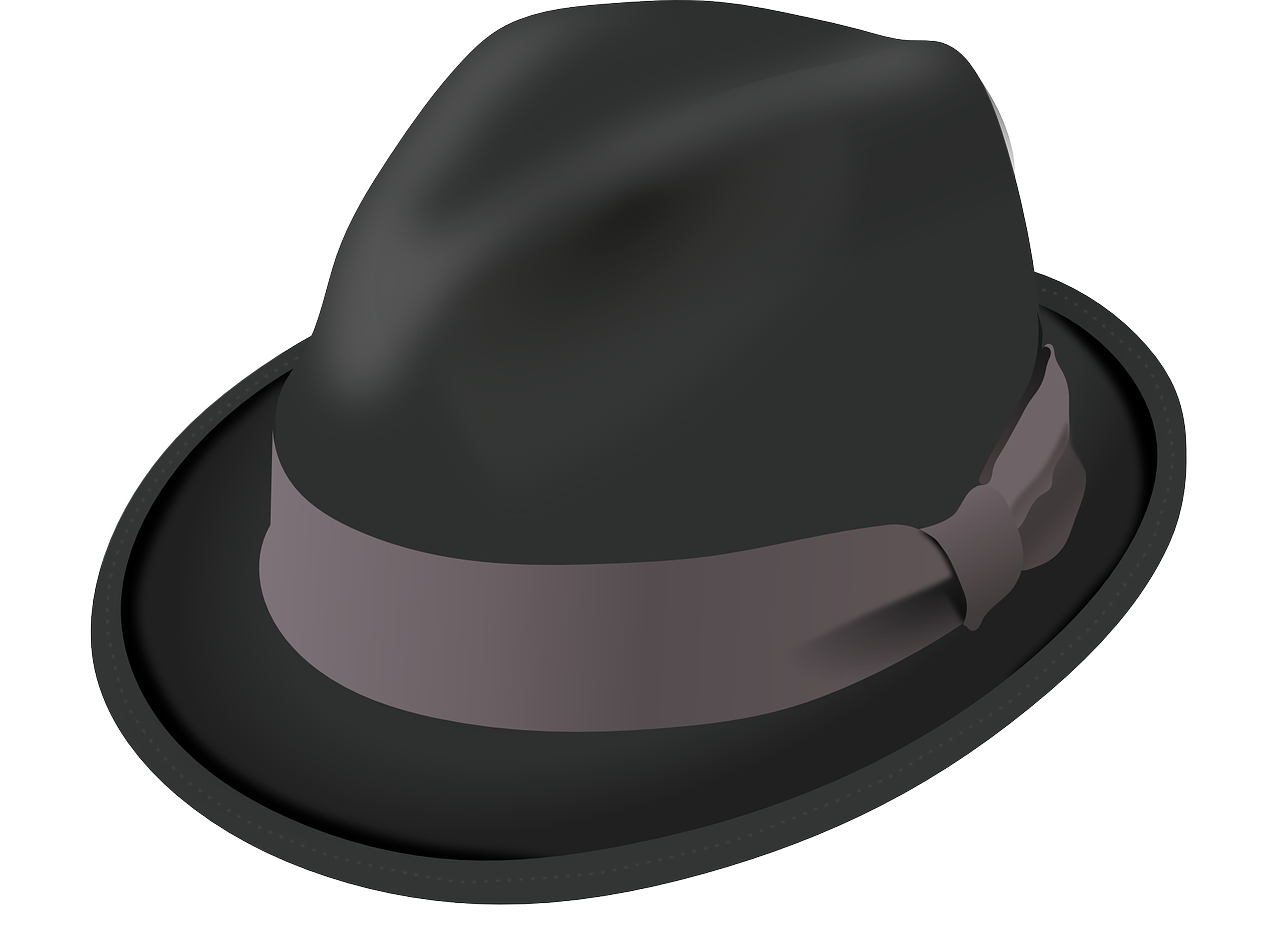
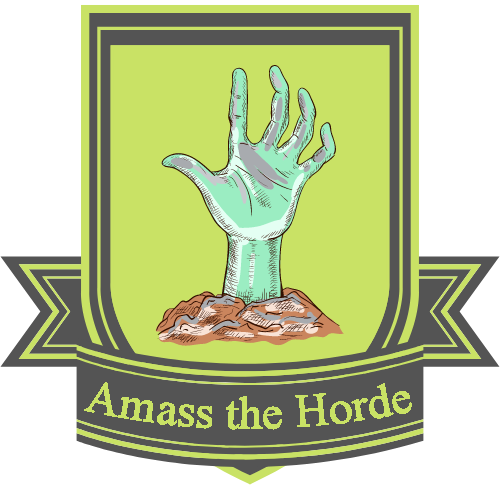

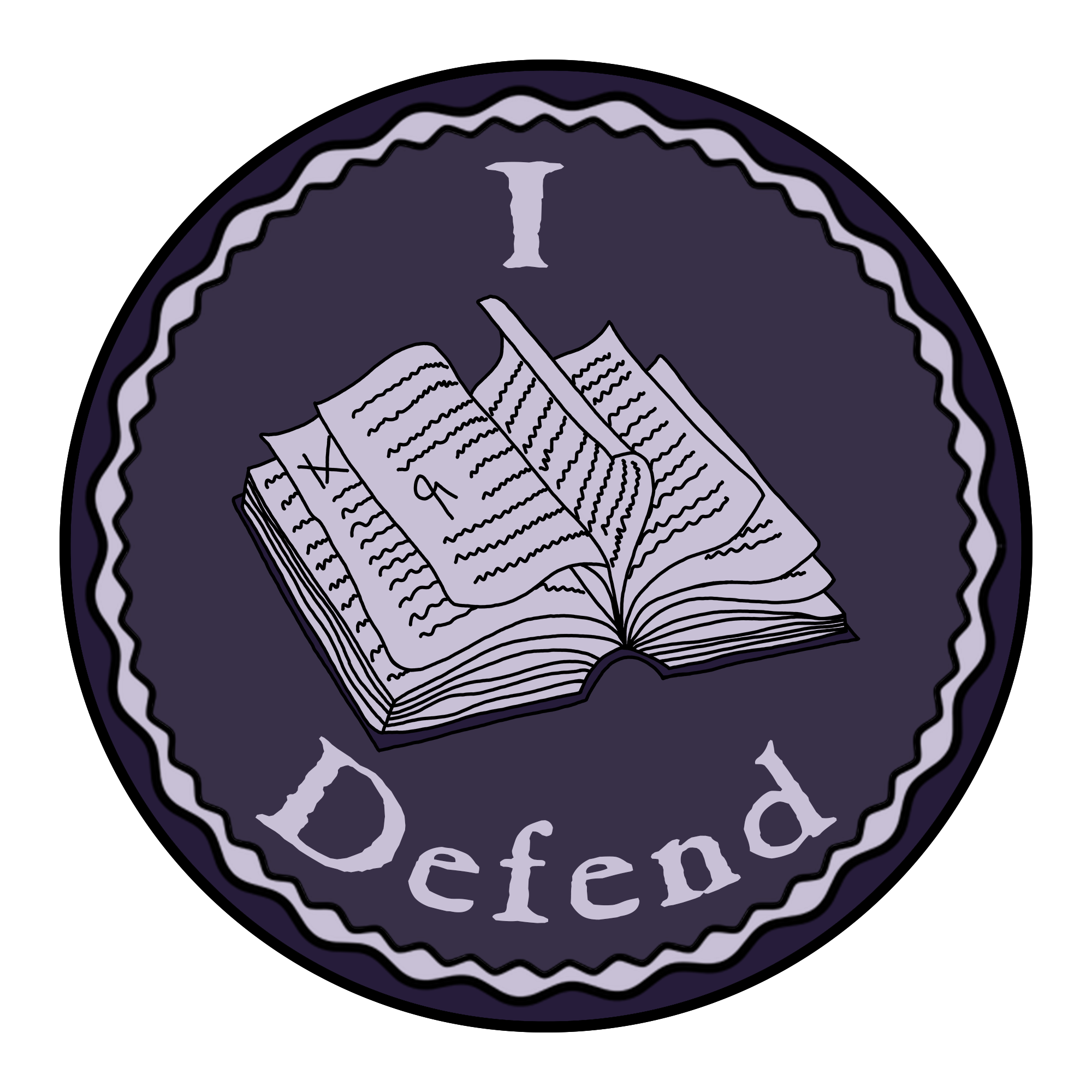

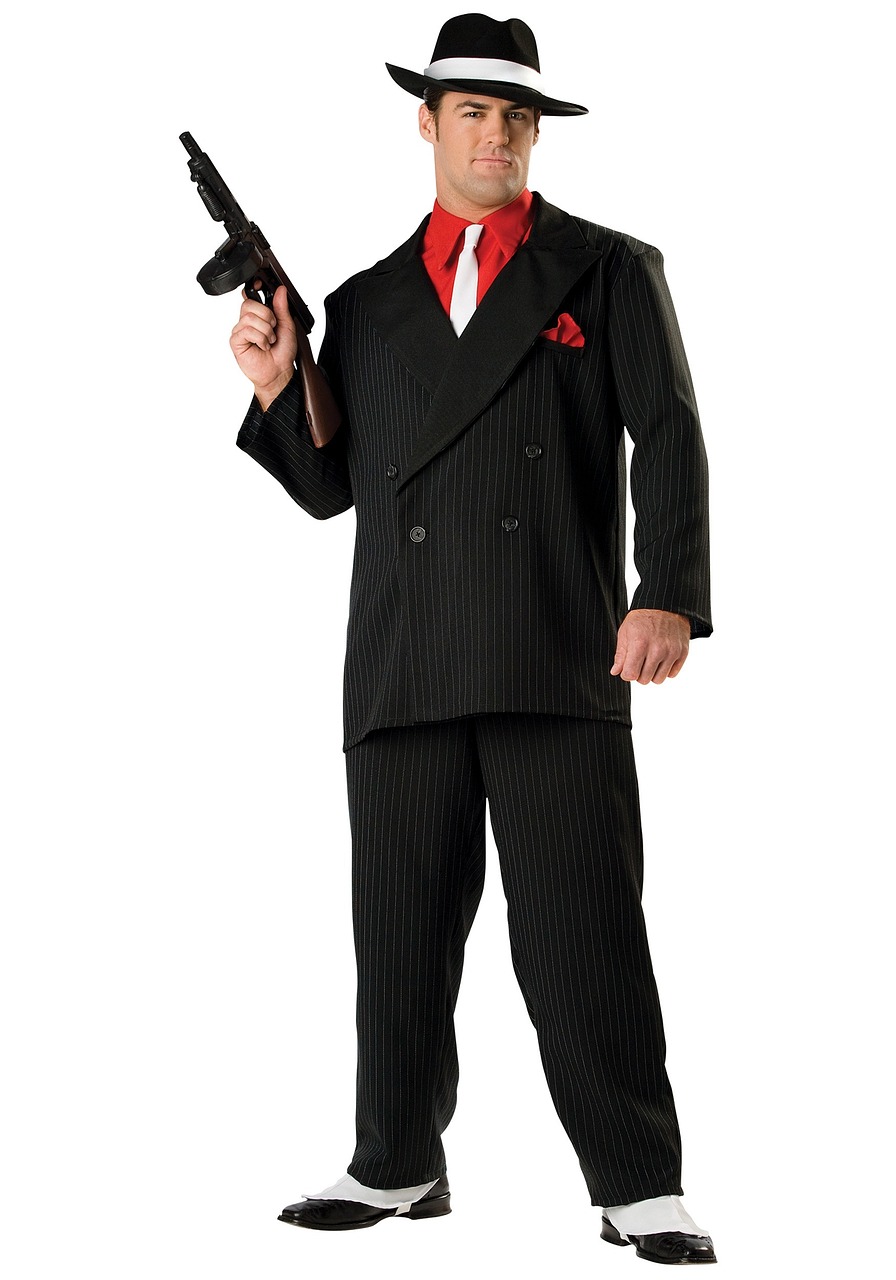
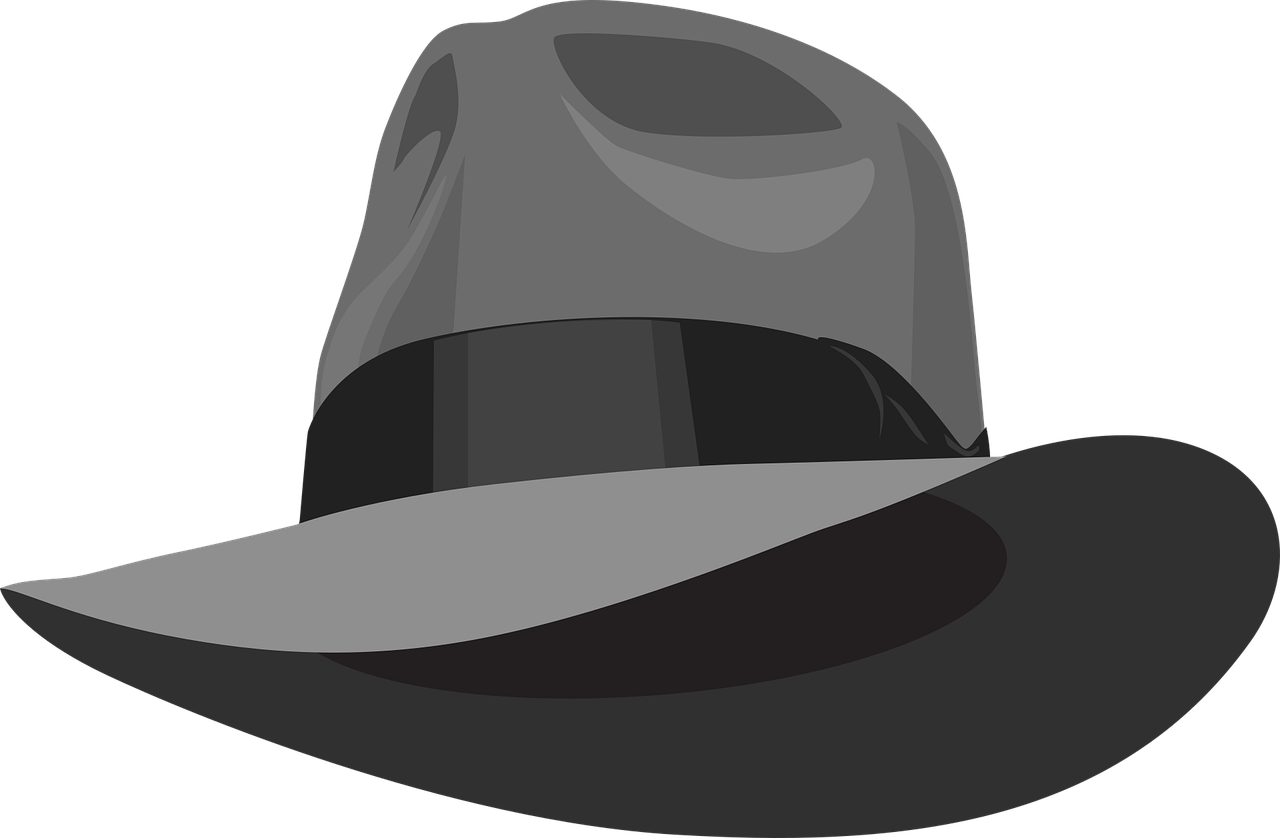
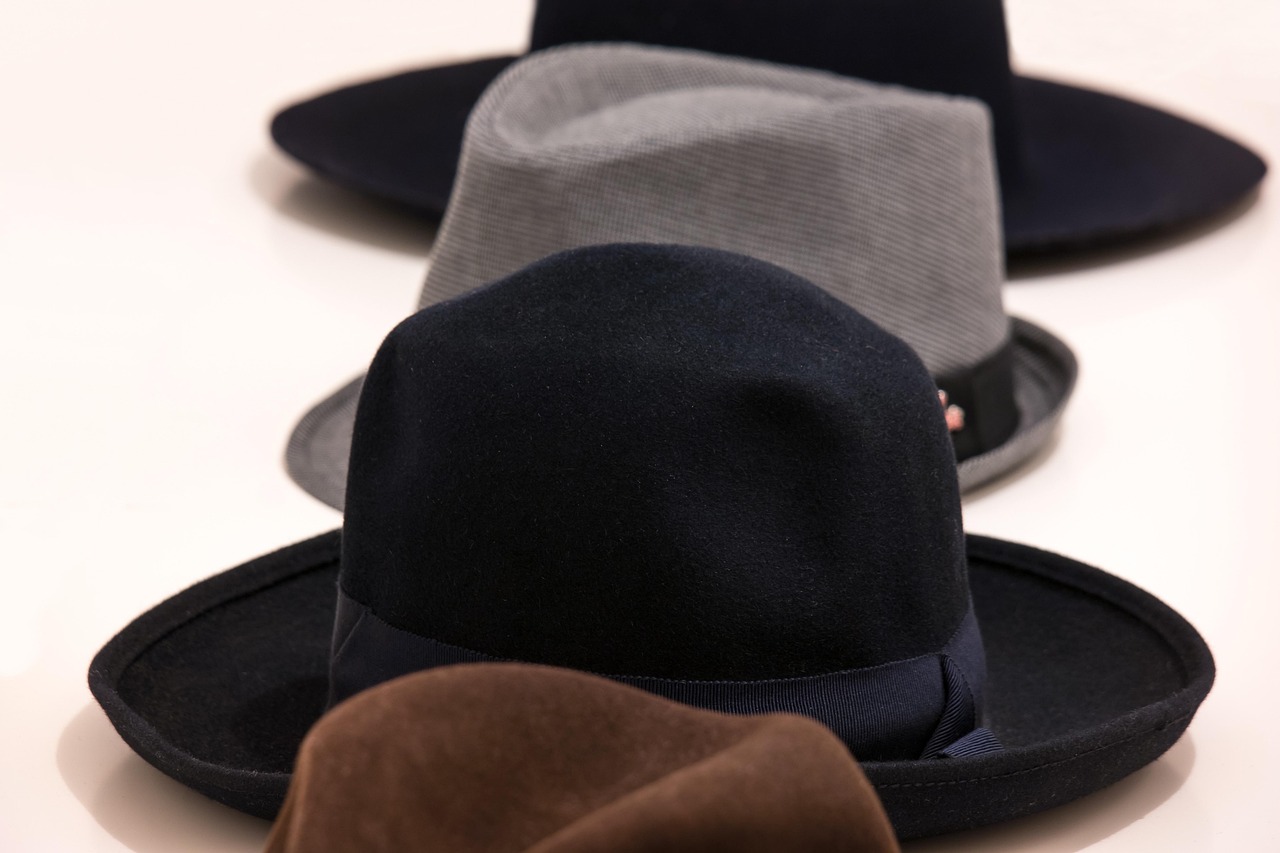




Comments